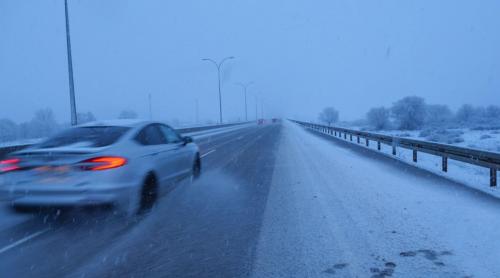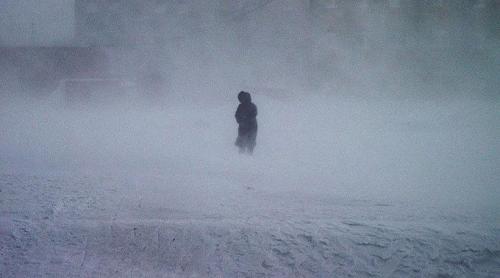
Of the more than 1,000 Romanian products certified by now as traditional, the beverages are the only ones protected in the European Union. The producers of the Plescoi sausages, of the "cowskin" cheese, of the Vulturesti pressed cheese and of many other similar products should ask for the EU protection until the beginning of 2008. They should get this right in 2009.
The Romanian traditional food products are protected only in Romania at the time being. If they want to sell them on the European market, the producers have to ask for the EU protection as well. However, they must wait a little. "The European Union Rules regarding the protection of the traditional products is to be enacted by May this year. In 2008, the Romanian producers will be able to start the proceedings for the protection, because there is a one-year-long transition period", Tudorel Balta, superior adviser in the Ministry of Agriculture, stated. STEPS. What will these producers have to do in order to protect their sausages, cheese, pies or bread? First of all, they can ask for the protection of the geographical denotements and original names of the agricultural and food products, as well as of the "guaranteed traditional specialties". The proceedings are similar. For starters, the products for which the EU protection is asked has to be certified as a traditional product in Romania. In the same time, the demand has to come from more than one producer. There have to be at least two producers interested in the same product, as Tudorel Balta explained. They have to make the conditions of contract, which is actually a file with the name of the product, including the origin name or the geographic denotement, its description, the raw materials and the main physical, chemical, microbiological or organoleptical characteristics. The file also has to contain information about the assignation of the geographic region, proof of the fact that the product comes from this perimeter, a description of the manufacture procedure and, where needed, the local, authentic and invariable methods as well as any specific labeling rule. In the same time, there have to be information to justify the connections between the quality or characteristics of the product and the geographic environment or the connection between a defined quality, reputation or any other characteristic of it and the geographic region. Moreover, the names and addresses of the authorities that verify the correlation between the conditions of contract and the actual development have to be present in this file.Translated by SORIN BALAN
Citește pe Antena3.ro













